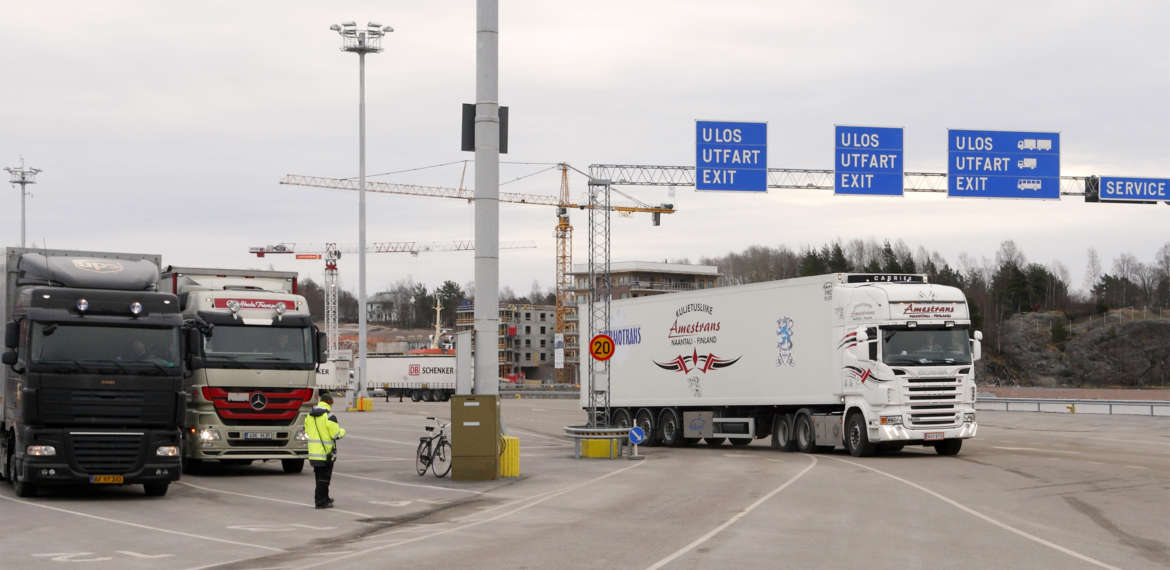Where do the goods flow to and from in the Port of Turku?
A recent hinterland study of Finnish ports tells along which routes Finland’s export and import goods are carried. The study serves the focusing of the development of the traffic network and infrastructure from the point of view of port traffic, and the strategic planning of the ports.

“The hinterland study helps the ports to see their own strengths and opportunities and develop their operations with emphasis on them. Based on the study, the Port of Turku appears as a general port through which goods coming from many different areas are carried. Around 90 per cent of both exports and imports comprise of general cargo which are mainly carried along highways 8, 9, 3 and 10, as well as the E18 motorway. Compared to the previous study conducted a few years ago, the number of Port of Turku’s hinterland municipalities has increased especially on highway 8”, says Senior Adviser Lassi Hilska from the Ministry of Transport and Communications about the research report.
Fast road connections cover half of Finland
In addition to the Helsinki metropolitan area and the west coast, the hinterland for the Port’s export and import transports covers the inland growth centres, including the regions of Tampere, Jyväskylä, Seinäjoki and Kuopio. The total number of the Port of Turku’s hinterland municipalities is around 90. The extent of the hinterland indicates the Port’s ability to provide diverse services to both export industries and importer companies that need an efficient distribution network.

The Port of Turku is favoured in particular by the companies and transport service providers for whom time matters. Thanks to the good road connections, e.g. the goods arriving in Turku on the morning ferry from Sweden can be distributed in the Turku, Helsinki and Tampere regions during the same afternoon. The importance of speed is emphasised especially in the turnaround times of parcel transports which have increased as a result of online sales. The operators in the field have noticed that the parcels can be delivered to the recipients via the Port of Turku even faster than via the Vuosaari port.
A connection to Europe through Scandinavia
”The hinterland study shows the Port of Turku’s leading role in the transports between Finland and Scandinavia, although the port also provides regular connections to Germany, Great Britain, Denmark and Norway. The route between Turku and Stockholm is part of the Scandinavian–Mediterranean core net corridor of the TEN-T network, and both ports are included in the core network. A strong position in the European traffic network enables different EU-supported development projects which aim at smoother flow of goods logistics between and inside the member states. The most recent project related to the port connections in Turku is the upgrading of the eastern part of the Turku ring road to the level of the rest of the E18 road. According to the plan, the ring road will be widened to have four lanes on a stretch of eight kilometres, and at the same time the functioning and safety of intersections will be improved. The goal is to start at least the first phase of the project already later this year”, says Lassi Hilska.
Continuous improvement of hinterland connections as a goal
From the point of view of cargo transports, the completed, ongoing and upcoming road projects will make the Port of Turku more attractive for exports and imports. Smooth and congestion-free connections generate savings in time and costs. At the same time, road traffic will become safer and environmentally sounder.
